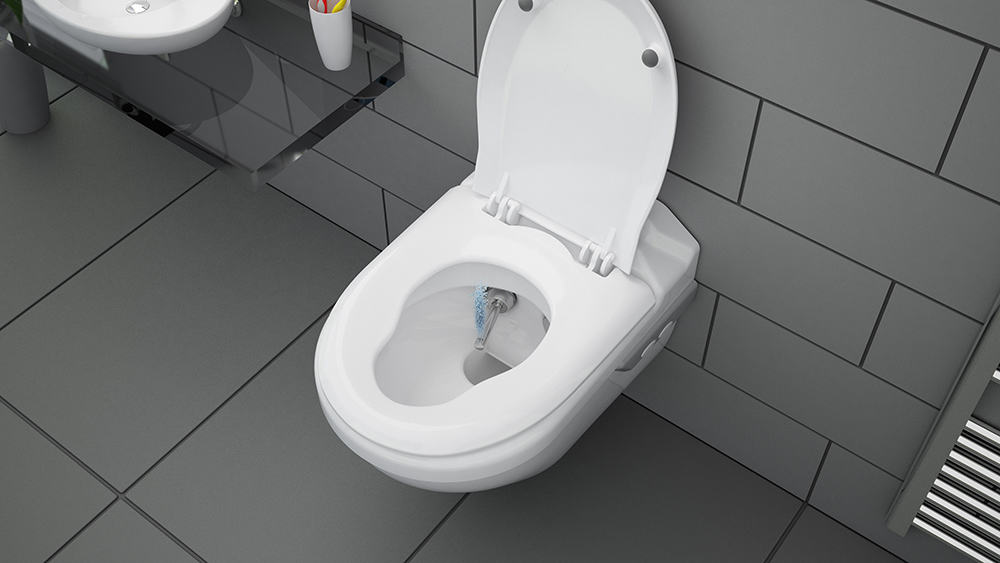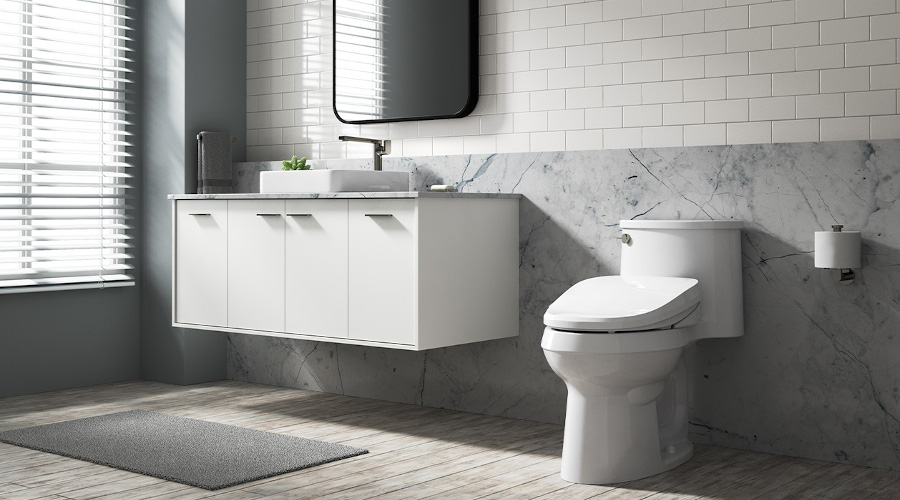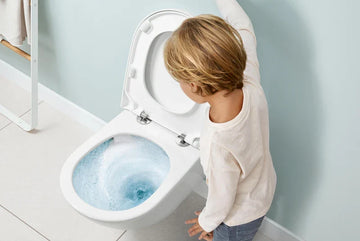In the world of bathroom technology, innovative toilet seats are becoming a significant focal point for those in the industry, particularly for professionals in Quality Assurance (QA). These advancements promise not only to enhance comfort and hygiene but also to revolutionize how we view the humble toilet. As we delve into the latest trends, it's clear that these innovations are more than just trendsthey're a glimpse into the future of bathroom experiences.

What Makes a Toilet Seat Innovative?
At their core, innovative toilet seats integrate cutting-edge technology to offer features that go beyond traditional functionality. From heated seats and built-in bidets to self-cleaning mechanisms and health-monitoring capabilities, these seats are designed to provide maximum comfort and convenience. For industry QA, understanding the quality and reliability of these features is paramount.
Technological Advancements in Toilet Seats
Today's smart toilet seats can boast a variety of technological advancements. Many models come equipped with sensors that automatically lift and lower the seat, as well as night lights for ease of use in the dark. Some even have integrated Bluetooth speakers for a more entertaining bathroom experience. These features not only enhance user comfort but also offer QA experts an exciting challenge in ensuring their functionality and safety.
Furthermore, some models offer health monitoring features, such as analyzing urine and stool samples to provide insights into the user's health. This technology represents a significant leap in personal health management, making it a critical area of focus for QA professionals.
The Impact on Hygiene and Sustainability
One of the most significant benefits of innovative toilet seats is their impact on hygiene. Many seats are equipped with self-cleaning nozzles and UV sanitation to reduce the spread of germs. For QA specialists, evaluating the effectiveness of these features is crucial to ensure they meet industry standards.
Additionally, the integration of water-saving technologies in these toilet seats contributes to sustainability efforts. By reducing water usage without compromising performance, these innovations support environmentally-friendly practices, aligning with global sustainability goals.
Challenges and Considerations for Industry QA
The introduction of these advanced toilet seats presents unique challenges for industry QA. Ensuring the reliability and safety of smart features requires rigorous testing and comprehensive quality assessments. As these products often incorporate digital components, cybersecurity becomes an additional concern, requiring QA professionals to ensure that user data is protected.
Moreover, the durability and longevity of these complex systems must be evaluated to ensure they can withstand regular use and provide a good return on investment for consumers.
Looking to the Future
As we look to the future, the evolution of innovative toilet seats shows no signs of slowing down. With continued advancements in technology, we can expect even more features aimed at enhancing user comfort and health. For those in the industry, staying ahead of these trends will be essential to meeting consumer demands and maintaining high-quality standards.
For further reading on how these innovations are shaping the future, you can explore the latest toilet innovations that are redefining bathroom experiences.
Ensuring Quality in Innovative Designs
Quality Assurance plays a pivotal role in the development and implementation of these new technologies. By focusing on rigorous testing and consumer feedback, QA professionals can help drive improvements and ensure that these products meet both safety and performance standards. As the technology continues to evolve, QA will be at the forefront, ensuring that every new feature and function not only meets but exceeds expectations.

FAQs on Innovative Toilet Seats
Q1: What are the most popular features of innovative toilet seats?
A1: Popular features include heated seats, self-cleaning capabilities, built-in bidets, and health monitoring systems.
Q2: How do innovative toilet seats contribute to sustainability?
A2: By incorporating water-saving technologies and reducing the need for excessive cleaning products, these seats promote environmentally-friendly practices.
Q3: What are the challenges faced by QA in testing these products?
A3: QA professionals must ensure the safety, cybersecurity, and durability of these products through comprehensive testing and quality assessments.
This article contains affiliate links. We may earn a commission at no extra cost to you.






